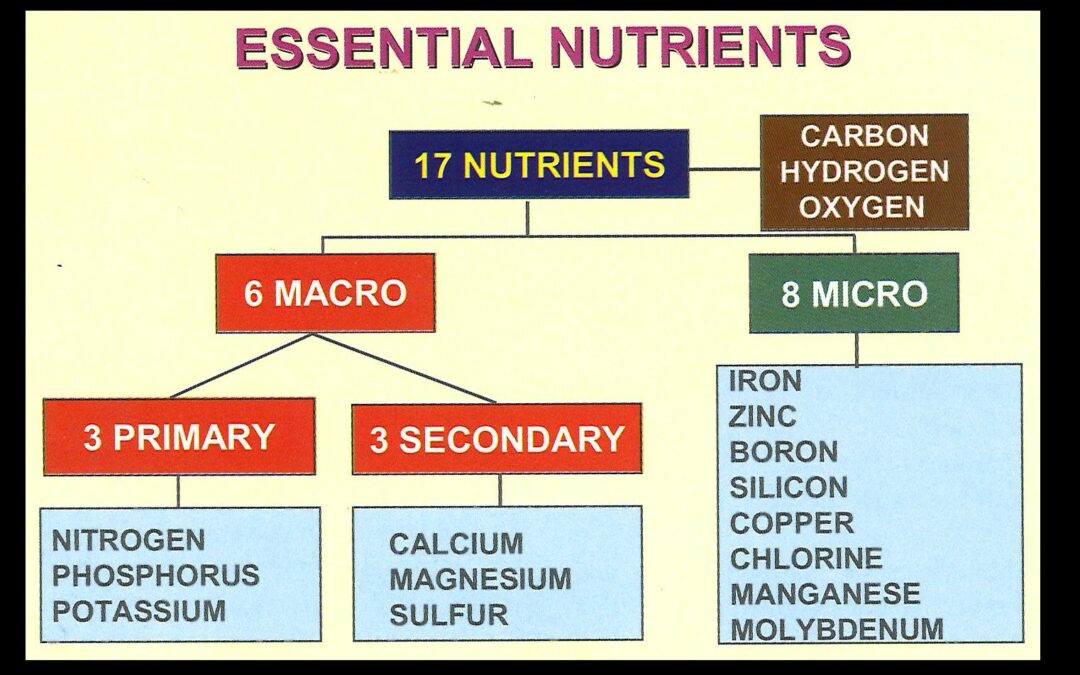It is coming up to that time of year when soil sampling can commence in preparation for the next sugarcane crop cycle and successful legume fallow rotation crops.
Soil sampling is one of the basic tools we use to work out what the crop needs to grow. The sugarcane industry is fortunate to have a comprehensive and science-based nutrient management program known as “SIX EASY STEPS”.
The SIX EASY STEPS program is continually reviewed, updated and refreshed as new information becomes available. For instance the recently released SIX EASY STEPS Toolbox is a repository of all the information and tools that are part of, or support sustainable nutrient management for sugarcane production.
SIX EASY STEPS is the combination of industry researchers, extension staff and co-operating growers working together for over 20 years to ensure nutrient management results in profitable sugarcane production, maintains soil fertility and minimizes off-farm effects.
In the late 1990’s and early 2000’s former SRA/BSES scientist Dr Bernard Schroeder, who was then based in Bundaberg, completed a review of sugarcane nutrient management research and led the development of the SIX EASY STEPS program.
Locally we have also been fortunate enough to have researchers like Alan Hurney, John Reghenzani, and now Dr Danielle Skocaj involved in nutrient management work.
Sugarcane crop nutrition does not just focus on the major nutrients (including nitrogen, potassium, phosphorous, Sulphur, calcium and magnesium) but also the micro nutrients (such as zinc and copper) and beneficial nutrients (silicon).
Research programs have identified soil test critical values for each of these nutrients and refined laboratory methods to determine soil nutrient status. For example, John Reghenzani’s research on zinc deficiency in sugarcane crops back in the 1990’s refined the laboratory soil testing method to determine the amount of plant available zinc in acidic soils. This was a massive boost for managing zinc in our wet tropics, acidic soils. Such research allows growers and advisors to identify nutrient requirements from soil test results using the SIX EASY STEPS program.
As the name implies, the SIX EASY STEPS programme consists of six logical steps. Steps 1 and 2, facilitates greater knowledge of soils and where they are located, influence of position in the landscape, understanding of nutrient process and losses and opportunities and challenges for improving nutrient management.
Steps 3 and 4 allow the identification of soil nutrient status and soil constraints, interpretation of soil test results and nutrient requirements and adoption of best practice nutrient management.
Steps 5 and 6, identifies opportunities for continuous improvement by supporting on-farm evaluation and the adding of new information to refine nutrient management practices for specific circumstances.
This week Tully based advisors and agronomists from TSL, TCPSL, WTSIP and agribusinesses met to discuss the most recent additions to the SIX EASY STEPS Toolbox with local SRA researcher Dr Danielle Skocaj leading the discussion.

